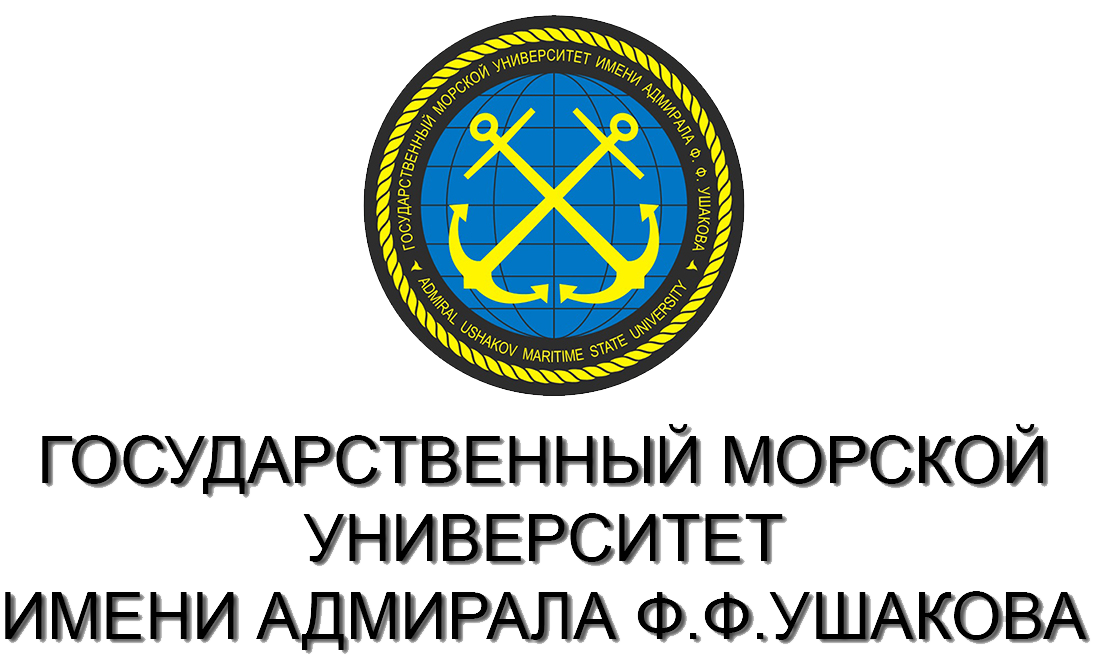transshipment and clearance of goods should become transparent and predictable. At the stage of conclusion of the contract, the client should be informed about basic characteristics of seaport and the situation at the terminal at the time of arrival of the client cargo shipment. It is necessary to determine the basic parameters of the cargo terminal, which must be transmitted to the national logistic system, as well as a set of dynamic parameters that affect the creation of a forecast for the terminal's workload
digital seaport, digital logistic platform, basic characteristics of seaport, seaport
1. Serdyukova, L. O. Digital platforms for development of innovative transport logistic systems / L. O. Serdyukova, R. R. K. Bashirzade, A.V. Pakhomova // St.Petersburg State Polytechnical University Journal. Economics. - 2020. - Vol. 13. - No 2. - P. 64-78. - DOIhttps://doi.org/10.18721/JE.13206.
2. Voronov, I. Sozdanie nacional'noy logisticheskoy platformy / I. Voronov // Logistika. - 2020. - № 10(167). - S. 34-37.
3. Dmitriev, A.V. Razvitie cifrovyh platform transportno-logisticheskogo obsluzhivaniya / A.V. Dmitriev // Logisticheskie sistemy v global'noy ekonomike. - 2020. - № 10. - S. 125-129.
4. Volynchikov, I.B., Timchenko, T.N. Provisions for the formation of a maritime shipping company's competitiveness management system (2019) International Journal of Economics and Business Administration, 7, pp. 93-100. ttps://www.scopus.com/inward/record.uri?eid=2-s2.0-85069656260&partnerID=40&md5=a7b86d093705fa42db9a7d73cd900371
5. Buzenkov, I.I., Tyufanova, A.A., Khaleeva, E.P. On the possibility of organizing communication for e-Navigation in the coastal zone using radio-technical posts of the vessel traffic control system (2021) Journal of Physics: Conference Series, 2061 (1), stat'ya № 012110. https://www.scopus.com/inward/record.uri?eid=2-s2.0-85119470225&doi=10.1088%2f1742-6596%2f2061%2f1%2f012110&partnerID=40&md5=0bb2543bd4eae46803d8e2e4d7e5409e
6. Perspektivy sozdaniya trenazhernoy sistemy dlya dispetchera morskogo porta / D. D. Strel'nikov, A. V. Bachische, I. A. Strel'nikova [i dr.] // Morskie intellektual'nye tehnologii. - 2021. - T. 4. - № 2(53). - S. 116-120. - DOIhttps://doi.org/10.37220/MIT.2021.52.2.079.
7. Strelnikov, D. Finding an optimal route of a consignment in a seaport / D. Strelnikov, J. Rudnitckaia // 4th International Conference on Intelligent Transportation Engineering, ICITE 2019 : 4, Singapore, 05-07 sep. 2019. - Singapore, 2019. - P. 29-33. - DOIhttps://doi.org/10.1109/ICITE.2019.8880154.
8. Il'in, I. V. Cifrovye tehnologii dlya realizacii sotrudnichestva Smart City i Smart Port / I. V. Il'in, S. E. Kalyazina, A. D. Borremans // Tehnologicheskaya perspektiva v ramkah Evraziyskogo prostranstva: novye rynki i tochki ekonomicheskogo rosta : Trudy 5-oy Mezhdunarodnoy nauchnoy konferencii, Sankt-Peterburg, 07-08 noyabrya 2019 goda. - Sankt-Peterburg: Centr nauchno-proizvodstvennyh tehnologiy "Asterion", 2019. - S. 127-129.
9. Alekseev, A.A., Popov, V.V., Boran-Keshishyan, A.L. Artificial intelligence for data collection and application of the probabilistic-logistic method in ship traffic control systems of seaports (2021) Journal of Physics: Conference Series, 2061 (1), stat'ya № 012106, . https://www.scopus.com/inward/record.uri?eid=2-s2.0-85119497954&doi=10.1088%2f1742-6596%2f2061%2f1%2f012106&partnerID=40&md5=f6acce22783edf99675f2735e8a58853
10. Yuankai Huang, Qicai Zhou, Xiaolei Xiong, Jiong Zhao, "A Cooperative Intermodal Transportation Network Flow Control Method Based on Model Predictive Control", Journal of Advanced Transportation, vol. 2021, Article ID 6658319,15 ,15pages, 2021. https://doi.org/10.1155/2021/6658319
11. L. Heilig, E. Lalla-Ruiz, and S. Voss, “port-IO: an integrative mobile cloud platform for real-time inter-terminal truck routing optimization,” Flexible Services and Manufacturing Journal, vol. 29, no. 3-4, pp. 504-534, 2017.
12. M. P. M. Hendriks, D. Armbruster, M. Laumanns, E. Lefeber, and J. T. Udding, “Strategic allocation of cyclically calling vessels for multi-terminal container operators,” Flexible Services and Manufacturing Journal, vol. 24, no. 3, pp. 248-273, 2012.
13. C. Caballini, C. Pasquale, S. Sacone, and S. Siri, “An event-triggered receding-horizon scheme for planning rail operations in maritime terminals,” IEEE Transactions on Intelligent Transportation Systems, vol. 15, no. 1, pp. 365-375, 2014.
14. Rusca, A., Rusca, F., Rosca, E., Dragu, V., Rosca, M., 2018. Improving capacity of port shunting yard. Progress in Maritime Technology and Engineering, pp. 35-42.
15. Rusca, F., Popa, M., Rosca, E., Rusca, A., Rosca, M., Dinu, O., 2019. Assessing the transit capacity of port shunting yards through discrete simulation. Transport Problems: an International Scientific Journal, 14(4).
16. Golias, M.M., Boilé, M., Theofanis, S. and Taboada, A.H. (2010) A multi-objective decision and analysis approach for the berth scheduling problem. International Journal of Information Technology Project Management 1 (1): 54-73.
17. Karafa, J., Golias, M.M., Ivey, S. et al. The berth allocation problem with stochastic vessel handling times. Int J Adv Manuf Technol 65, 473-484 (2013). https://doi.org/10.1007/s00170-012-4186-0
18. Zeng, Q., Feng, Y. & Chen, Z. Optimizing berth allocation and storage space in direct transshipment operations at container terminals. Marit Econ Logist 19, 474-503 (2017). https://doi.org/10.1057/mel.2016.2
19. Rida, M. Modeling and Optimization of Decision-Making Process During Loading and Unloading Operations at Container Port. Arab J Sci Eng 39, 8395-8408 (2014). https://doi.org/10.1007/s13369-014-1328-8











